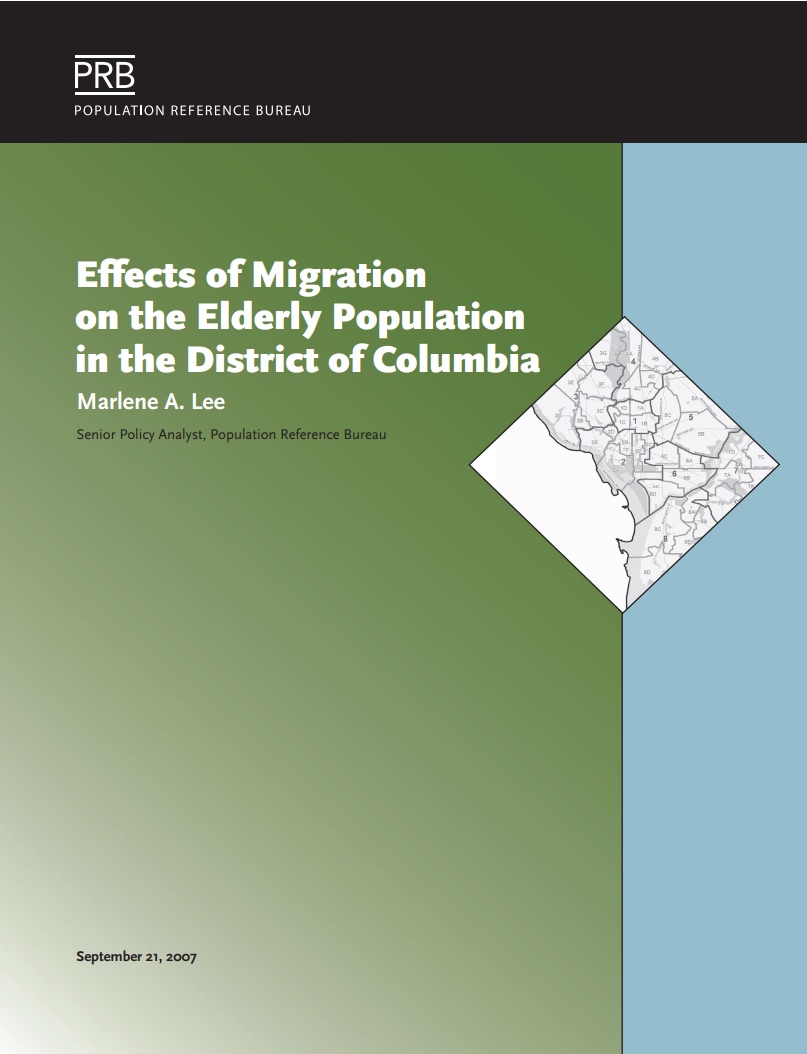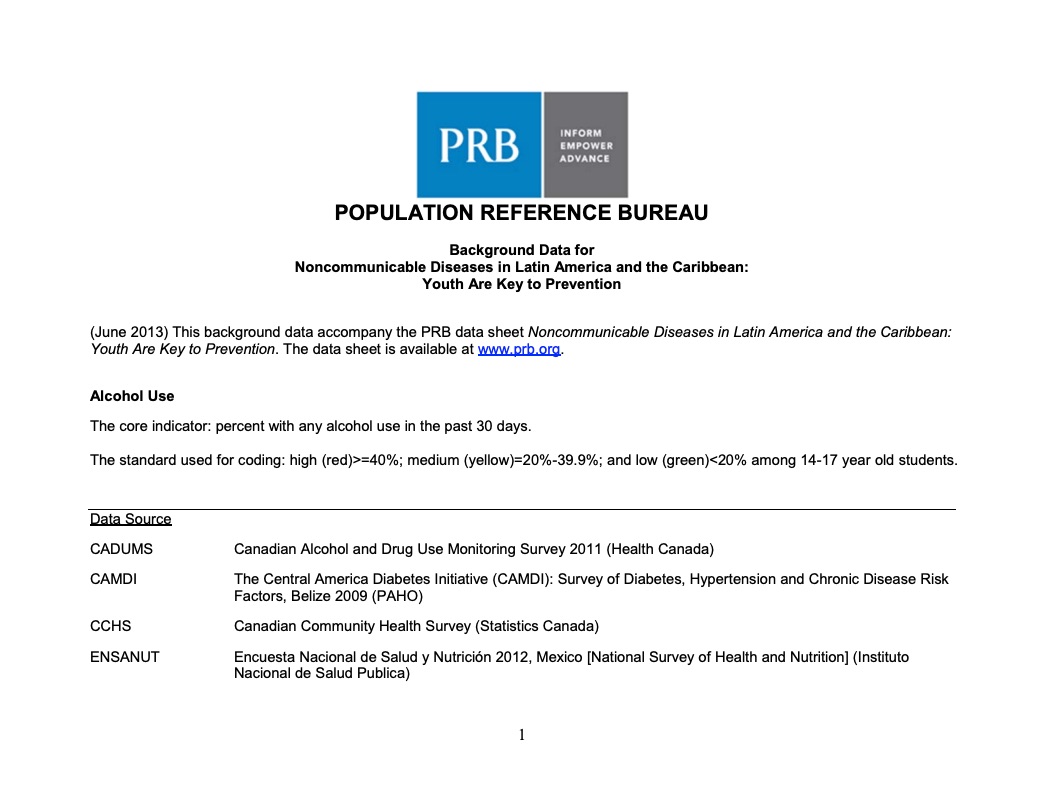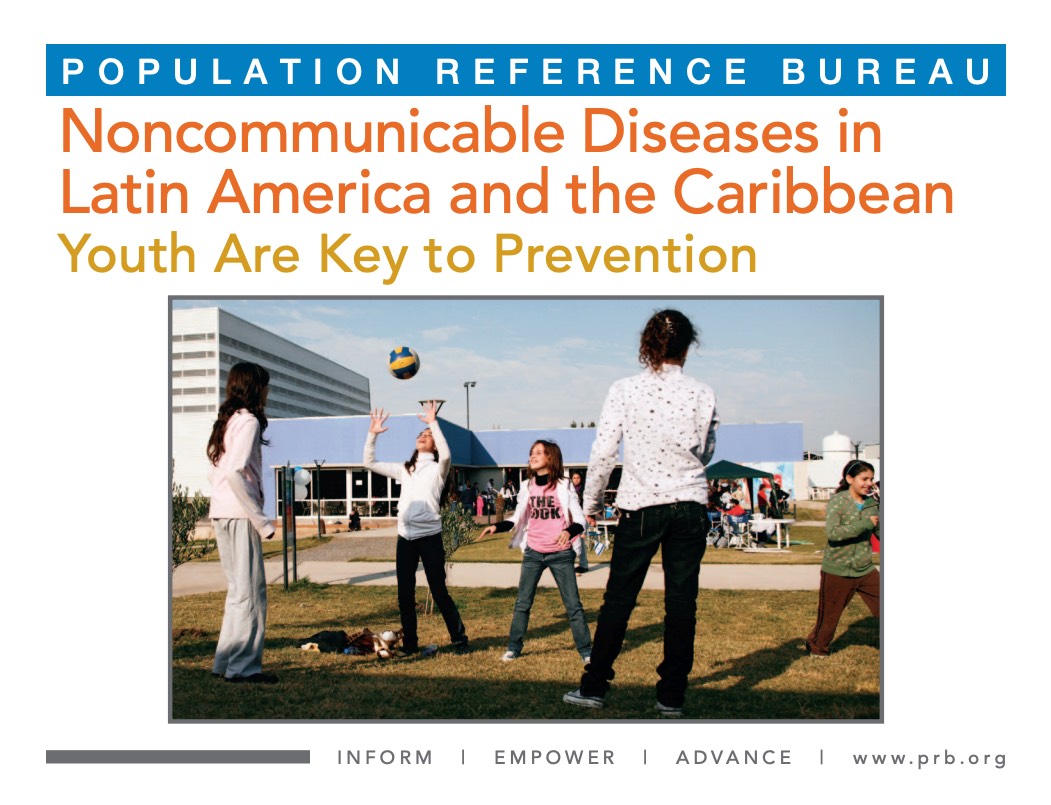Les pays en développement : assiégés par les maladies chroniques
(2006) Les pays en développement traversent une transition épidémiologique rapide (des maladies infectieuses telles que les maladies diarrhéiques et la pneumonie aux maladies chroniques telles que les maladies cardiaques) qui risque de submerger leurs systèmes de santé déjà très sollicités et de fragiliser plus avant leurs économies.






